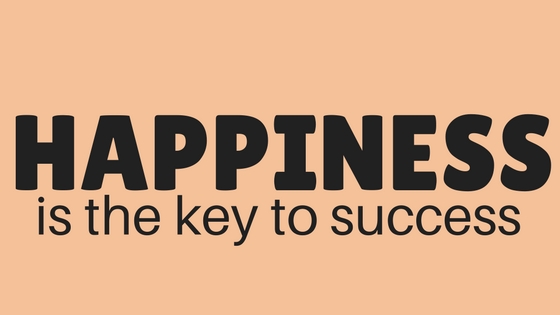Wow! It’s been a bit of time since I last wrote to you, my lovely readers. I had a weekly habit of writing to you and then suddenly, I broke my streak and just stopped. I apologize and hope that you will forgive me.
During my unexpected break, maybe you had thoughts like:
- What’s going on?
- Where did she go?
- I don’t feel like I’m getting useful information any longer.
- I want to know more.
- Is something wrong with her? With me?
- What happened?
- Is she too busy for me now?
I could write about the other things that I have been working on, but those would simply be excuses. No excuses permitted on this blog. I would rather share with you instead is that what happened with my blog is the same thing that happens when consistency is broken (or not established) in the workplace. People stop communicating and then other people are left wondering. Don’t let that happen to you and your team!
One of the biggest recommendations I make is to communicate consistently at work. Specifically, it is recommended that teams meet in a frequency and format as follows:
Daily Huddle This is a short (no more than 15 minutes), stand-up meeting where the daily priorities are discussed and everyone is aligned to one another. Managers can help staff prioritize and peers and offer support to team members who need assistance. Best for departmental and project teams. The huddle has an agenda that serves the needs of the specific team. The agenda may change from team to team, depending on the nature of the work. A shift change and/or end of day huddle may be valuable to some teams, if it is valuable do it. If it isn’t, then don’t.
Weekly Team Meeting This is a team meeting, with an agenda, generally the meeting should not exceed one hour in length. Topics can include progress to priorities, plans to move projects along, getting unstuck and even team development or education. These are not brainstorming or strategy sessions and they aren’t social hour either. A tip: make the the meeting voluntary and the agenda will be put to the test. If it’s not valuable, people will not show up.
Weekly One-on-One This is time for the staff person to have direct access to their manager. As with the other meetings, the session also has an agenda. The employee gets the bulk of the time in this session, then it’s time for the manager to speak. Topics can include progress to goals and priorities, stuck points and overcoming challenges and career development. Also, don’t be afraid to spend some time establishing rapport with your employee here. You are both human beings how have lives outside of work, share and seek to understand one another.
Monthly All Team Meeting This is a great time for upper management to share business information with the company. A set format is in place and a number of speakers are used to work through the agenda. Topics include: headlines and events, new hires, anniversaries, financials, progress to goals, education, team development and employee recognition. Allow the team to completely focus on the information that is being delivered, and truly share.
Annual & Quarterly Planning Essential for setting the priorities, pace and direction for the teams (and the agendas for the weekly meetings that will follow) the annual and quarterly planning meeting is the compass for the team. For upper level management, these sessions may be off site and will involve strategy storming, tough prioritizing and collaboration with other departments. At the departmental level, these sessions may involve more action planning and task assignment. Either way, from the Janitor to the President, everyone needs the compass so that they know how they contribute to the success of the company.
You may have noticed, the each of these sessions is structured with an agenda of some sort. Regardless of the specific agenda, it’s a wise idea to adopt a practice of sharing good news. What does that mean? Just like it sounds. Always start with good news! Always. Even if the grump of the group doesn’t want to. Even if said grump is the President of the company.
No doubt, it is a real challenge to put these sessions in place, to find the agenda and timing that work for you and your team and to stick with it despite the urgent matters that inevitably come up and monopolize our time. When we stay dedicated to the important act of meeting and communicating intentionally, our teams feel it. Instead of being left wondering, they will feel (and say) things like:
- I know my work is a valuable contribution
- I feel very informed about the priorities
- I know I have a manager/team who supports me
- I feel “in the know” when it comes to my company and my team
This builds trust and trust builds loyalty, something many businesses are seeking considering demanding customers and tight labor markets. I encourage you to begin adopting these meetings in your organization today. Start small and then build, don’t try to tackle of of these at once.
If you are wondering more about the “how to”? We would love to have a consultation with you! Contact us today!






